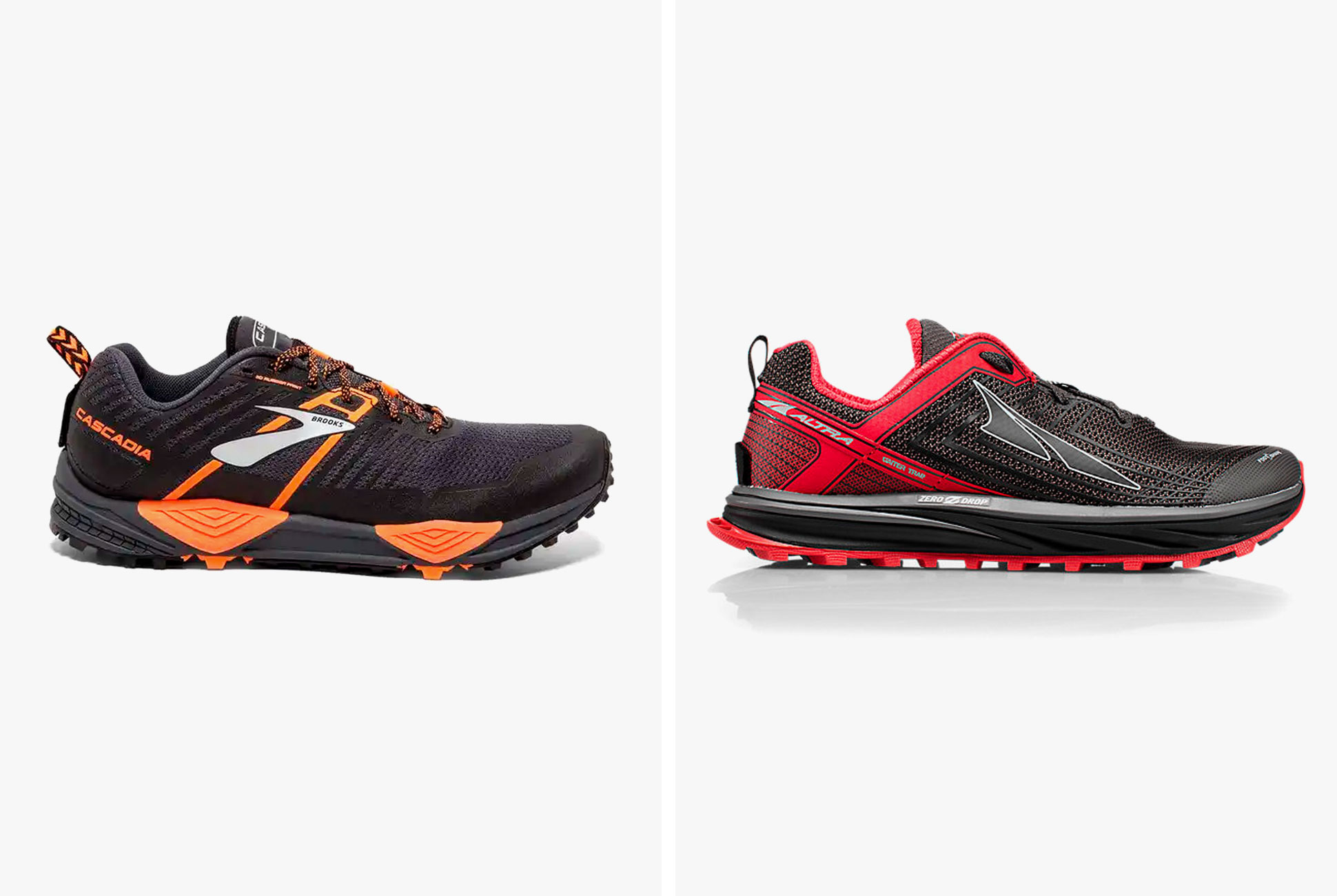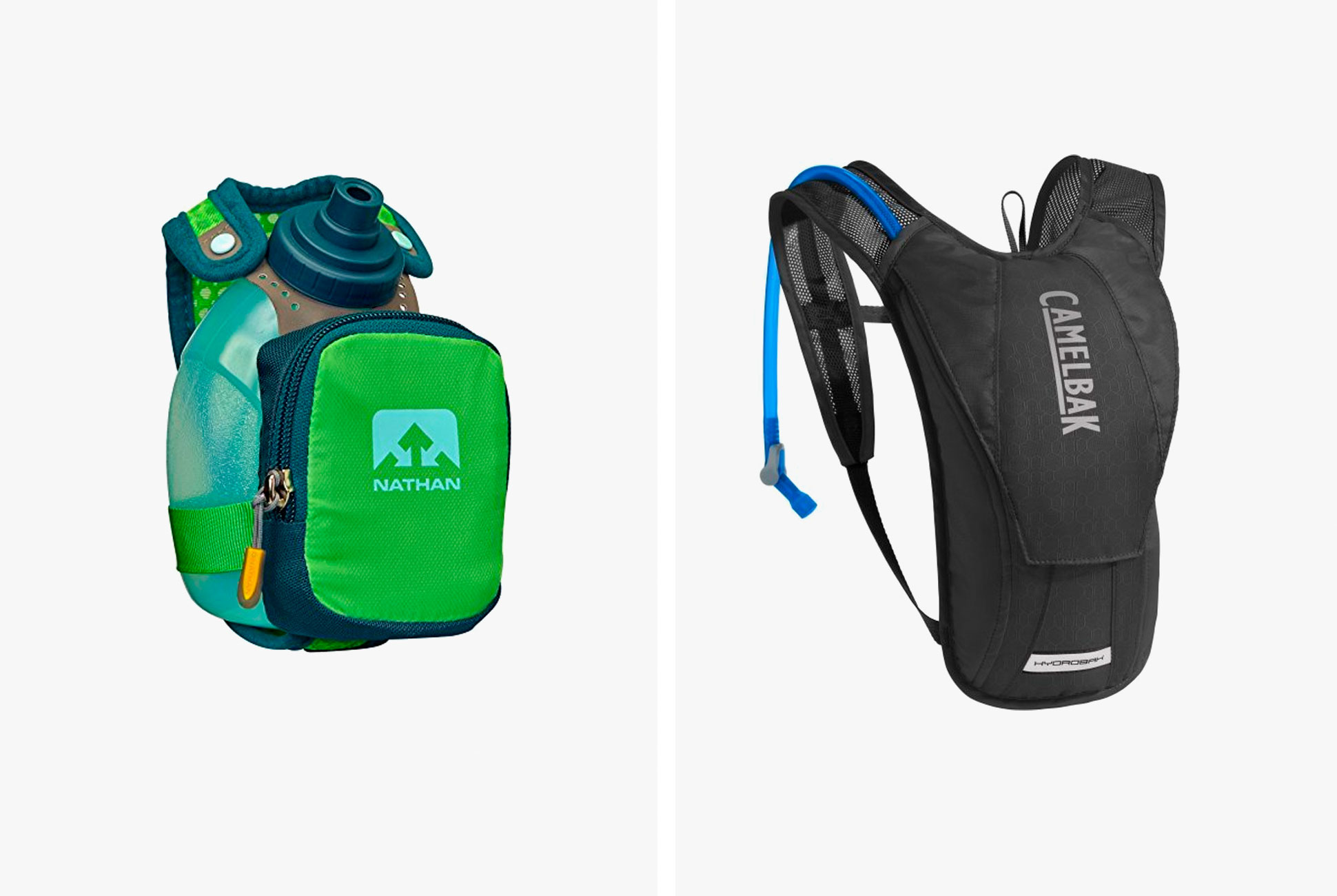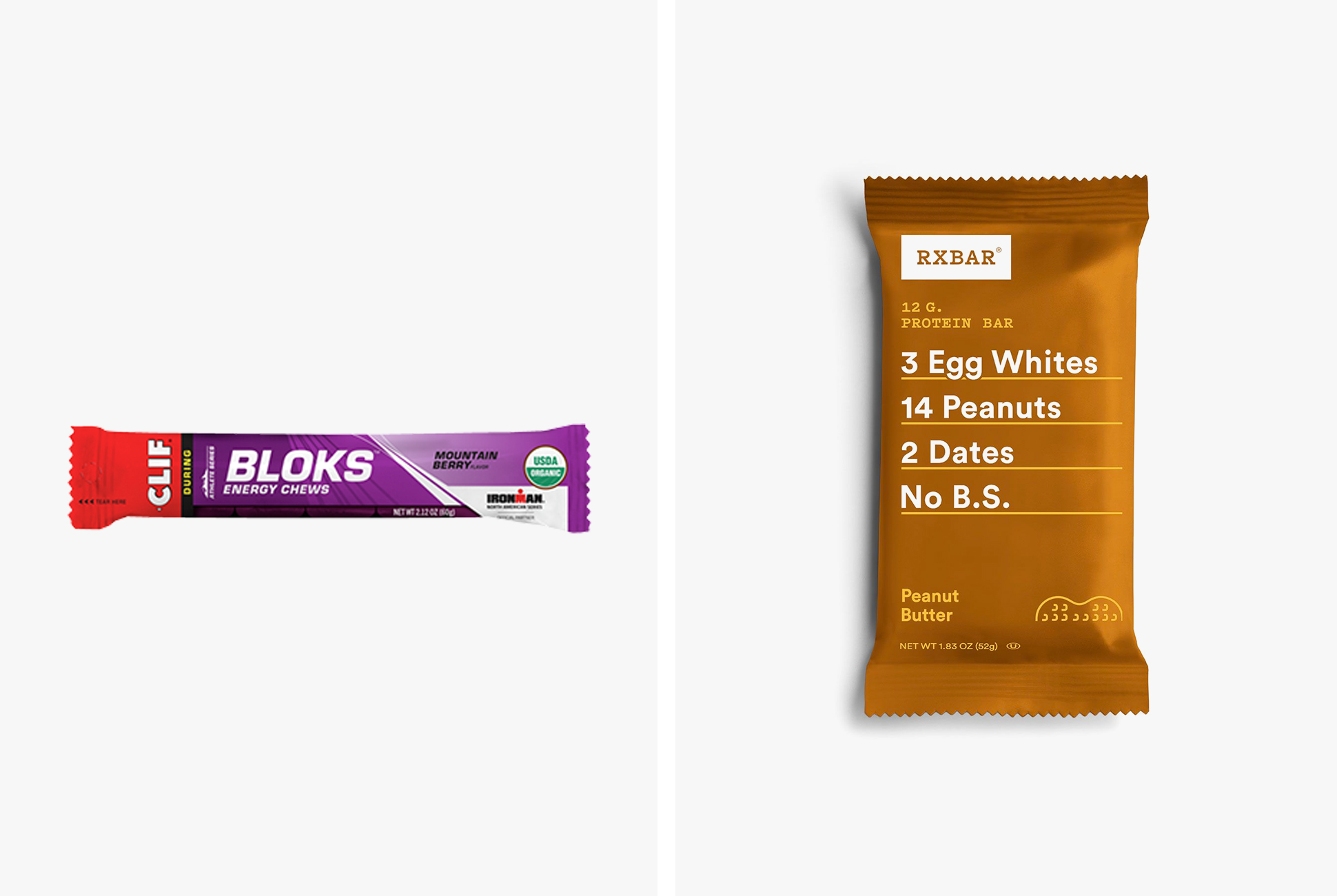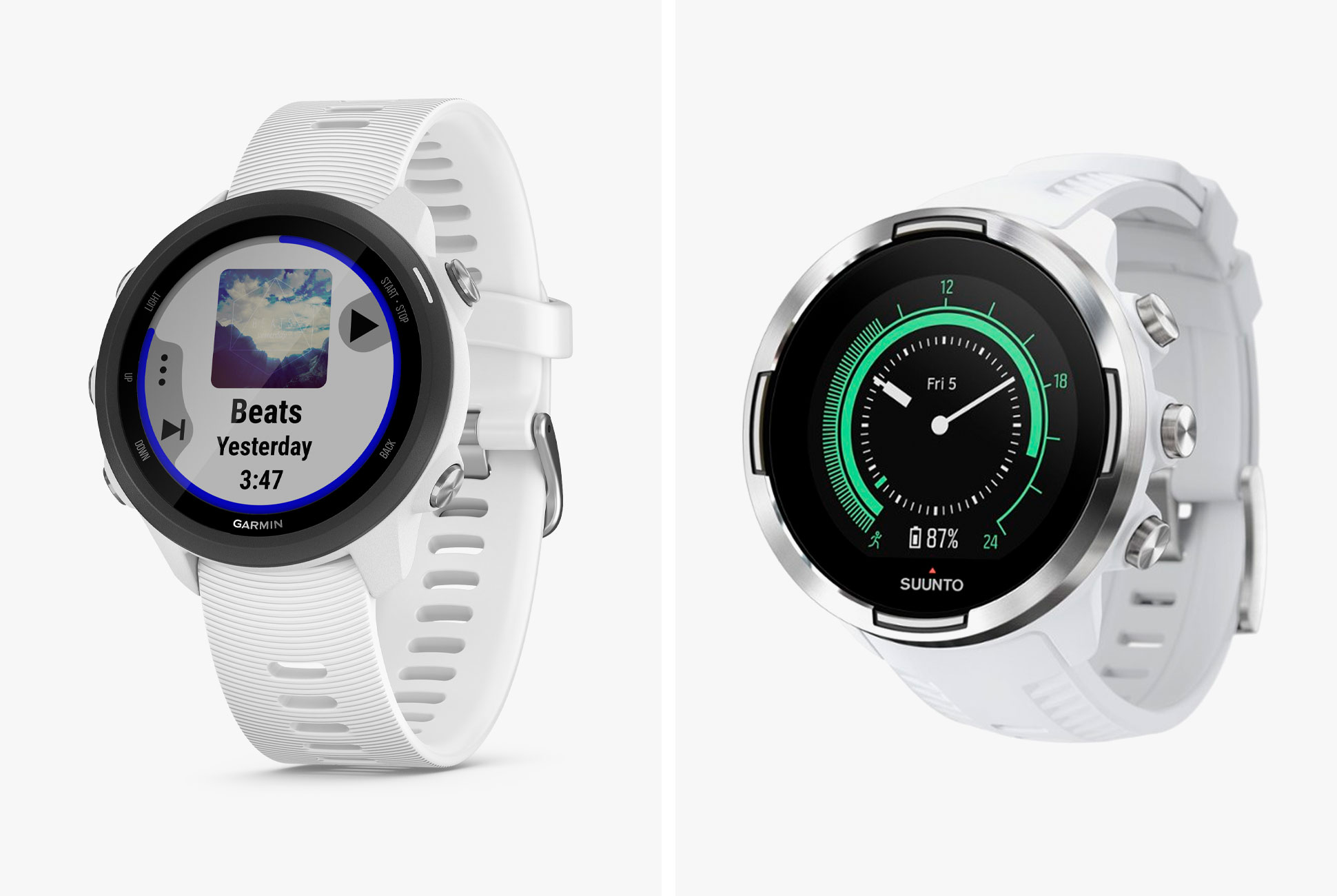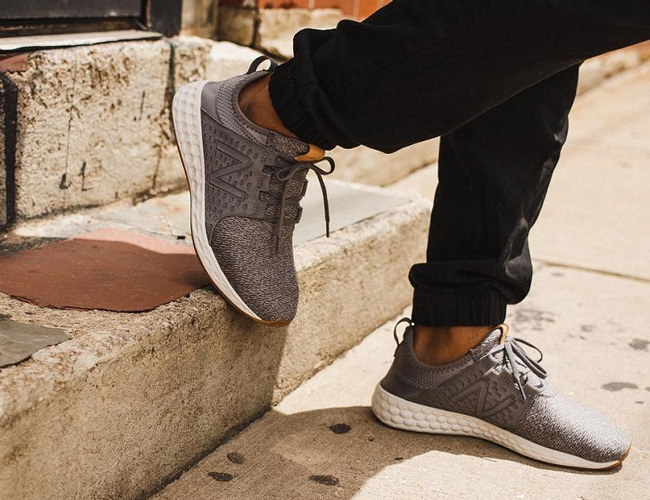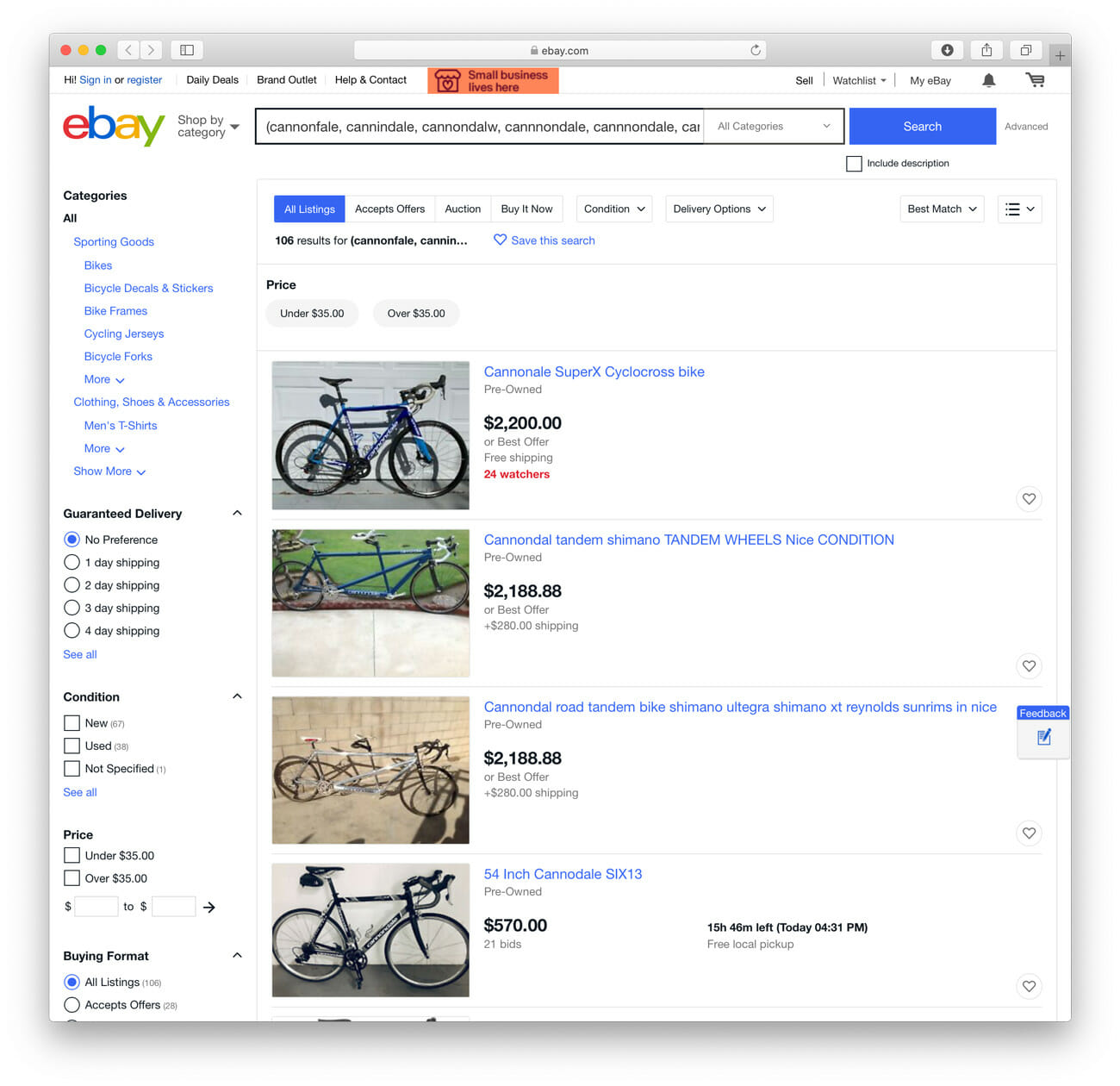Trail running has long been a part of the everyman’s life in active cities such at Santa Fe and Denver, but it’s now becoming a trend, even in urban areas that have less access to great trails such as New York City.
When push comes to shove, all you really need to go trail running is a pair of sneakers and nature, of course. But to make sure you’re properly set for the challenge, we chatted with a few experts to get you prepped and geared up. There’s a lot out there to choose from, after all.
The Experts
To find out what gear you need, and what gear you don’t, we tapped three experts in the trail running field: Golden Harper, founder of Altra, Scott Jurek, an ultra runner who recently nagged the title of the FKT (that’s fastest known time in runner-speak) on the Appalachian Trail and Bryan Dayton, a Brooks Off-Road Runner and third-place finisher at the 2018 Leadville 100 (one of the most prestigious ultra-running races).
Vocabulary
Running is running — there’s not a ton you need to know. But in the trail running world, some terms can sound intimidating. Familiarize yourself with the following info and you’ll feel like an expert before you even get started.
Right of Way: You’ll come across a variety of groups of people on the trail, and it’s best to know who to move over for. Cyclists yield to runners and runners yield to hikers.
Trail Etiquette: If you’re coming up behind someone and are ready to move around them, simply say ‘on your left,’ and then pass them on their left.
Vertical: On the trail, miles upward toward the summit (a.k.a. vertical) is not equal to the total mileage of the run. Three miles on the trail could equal 10 miles on the road in terms of difficulty. If you’re a beginner, avoid trails with excessive elevation.
Types of Trails
Where you live will determine the types of trails you’ll be running on. “The best trail is the one closest to you,” Harper says. He also filled us in on what types of trails you’re likely to find, depending where you live.
Mountain West: When you think trail running, you think of the mountains. The ones found here are generally hard packed, don’t have a ton of mud and offer lots of vertical. Steep is a real thing here. You’ll cover a variety of conditions from the bottom to the top of the mountain (it might be sunny and 70 at the bottom, but windy and 40 at the top).
Midwest down to South: While this area might be as flat as a pancake, the trails found here offer mixed conditions depending on the season and particular state. You won’t really find rocky footsteps with extreme footing or a ton of vertical, but you will deal with more slippery-ness than someone running in the mountain west.
Upper Midwest, Northwest and Northeast: Most of the northern parts of the country, like New England, the Pacific Northwest, and the Great Lakes region, tend to have trails that are floppy — more mud and a soft, mushy terrain. There’s normally more grass found on these trails as well.
Desert: From San Diego to Arizona, New Mexico to Texas, you’ll find dry, hard, sandy trails — and these are especially hard on shoes.
The Gear
“When transitioning from road to trail running, hydration and fuel are critical,” Dayton says. “Your time out on the trail can quickly double and you may not be near your car,” so having food available to you is of utmost importance. Otherwise, the grand differences lie in the weather and altitude changes. Be sure to check both frequently, so you know what to expect before you go out, and let someone know where you’re going, Dayton advises. Last but not least, the right running shoes are essential.
Sneakers
“For a beginner, the first thing is that [the trail shoe] is comfortable,” Harper says. “You’ll put your foot in a more challenging environment than on the road, so comfort is the most important thing. It should feel barefoot, relaxed and free.” Trying on sneakers is the best way to do that, and while you’re chatting with the sales associate, bring up the types of trails you’ll be on. “Match the type of shoe to the type of trail you run on — so, with rocky mountains, you don’t need a shoe with really big lugs,” Harper explains. “For the Northeast, where it’s wet and floppy, you’ll want big lugs to keep you upright in slippery terrain,”
“One of the biggest features I like to have is a lower heel height,” Jurek adds. “The heel differential is lower than most road shoes, so I like something in the three- to five-millimeter heel drop — it keeps the foot closer to the ground and gives me a more stable platform to push off and land. New trail runners tend to think, ‘I want to protect myself completely from the trail,’ but having some sense of feeling is important.”
|
Waistpack + Water
While you don’t necessarily need anything beyond proper shoes, it’s smart to bring water with you, especially if you’re not familiar with the trail. You can use something as simple as a handheld water bottle with space for your keys, or something more intense like a hydration pack.
|
Snacks
If you’re heading out for a heavy-duty trail run, it’s best to pack a few snacks. If the trail ends up longer than anticipated or you slow down and are out longer than you planned, reaching for these gummies or electrolytes will keep your energy up. You can also bring real food if you want — apples and peanut butter, grapes or anything your body craves when you’re outside.
|
Watch
There is something to be said about running into the woods and enjoying the silence. It’s not often that we disconnect, but trail running can be your chance to do just that. You can detour from the following gear advice if you’re looking to totally get off the grid.
If you do want to keep track of where you’re going, and maybe even drop breadcrumbs to get you back to the starting point, begin with a basic GPS watch. While some watches like the Garmin Fenix 5S offer amazing GPS and battery life, beginners may want to work up to something on that level. Better to make sure you actually like running with a tracker — and trail running itself — before making a serious investment.
|
Running Shoes to Wear All the Time
The only shoes you’ll want to wear all summer long. Read the Story

